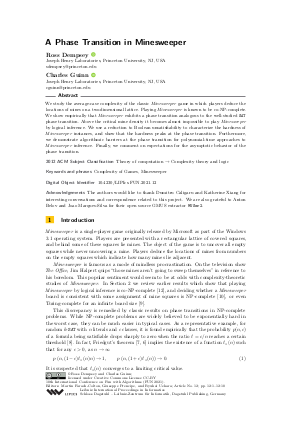LIPIcs.FUN.2021.12.pdf
- Filesize: 0.72 MB
- 10 pages

 Creative Commons Attribution 3.0 Unported license
Creative Commons Attribution 3.0 Unported license











Feedback for Dagstuhl Publishing